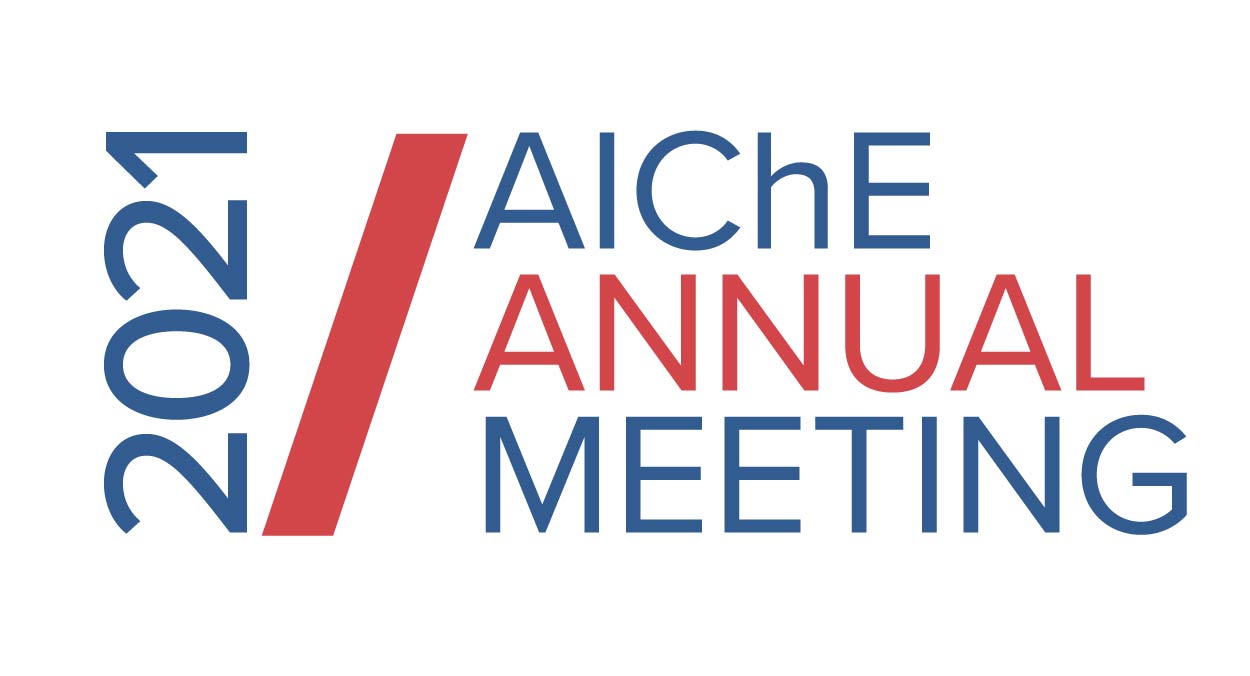

We have developed an open-source, multi-scale tissue simulator that can be used to investigate the mechanisms of intracellular viral replication, infection of epithelial cells, host immune response, and tissue damage [2]. Our model simulates the dynamics of ACE2 and fibroblast-mediated collagen deposition to account for the fibrosis at the damaged site in response to immune response induced tissue injury. The severity of infection and collagen deposition depends on the anti-inflammatory cytokine secretion rate, multiplicity of infection, and contact time for a CD8+ T cell to kill an infected cell. Using the model, we predicted the dynamics of fibroblast and collagen deposition for 10 days of post-infection in virtual lung tissue. Our result shows that collagen area fraction increases from 31% to 69% with the severity of infection. We use the ACE2 dynamics as input in a separate model of RAS to predict the change in RAS signaling and collagen deposition from homeostasis for normotensive and hypertensive patients. Our model also reveals that the variation in available ACE2 due to age and gender can lead to significant change in inflammation, tissue damage, and fibrosis.
References
- Zhang, H. et al. "Effects of transforming growth factor-beta 1 (TGF-β1) on in vitro mineralization of human osteoblasts on implant materials." Biomaterials 12 (2003): 2013-2020.
- Wang, Y, et al. "Rapid community-driven development of a SARS-CoV-2 tissue simulator." BioRxiv (2020).
Acknowledgment
This work was supported by the National Institutes of Health grant R35GM133763 and the University at Buffalo.
